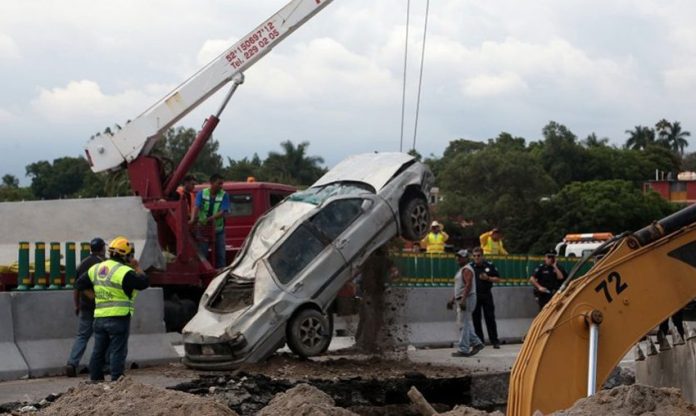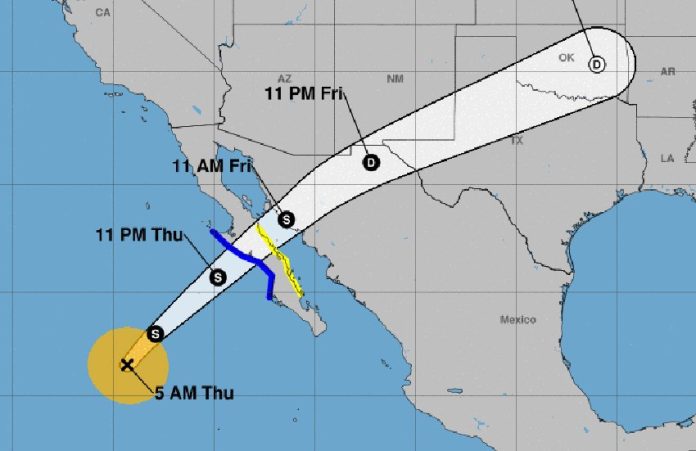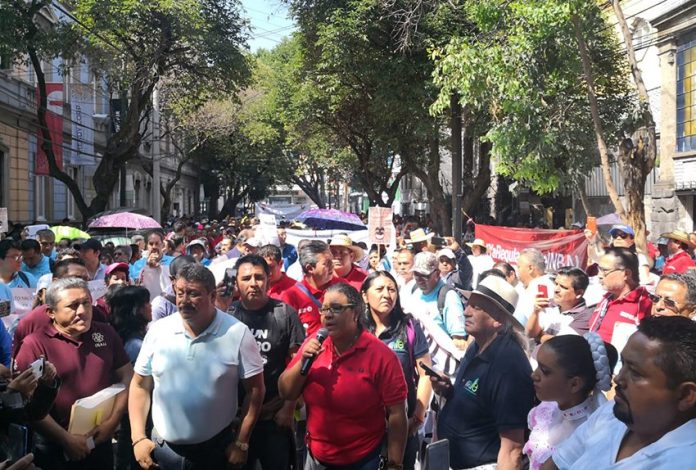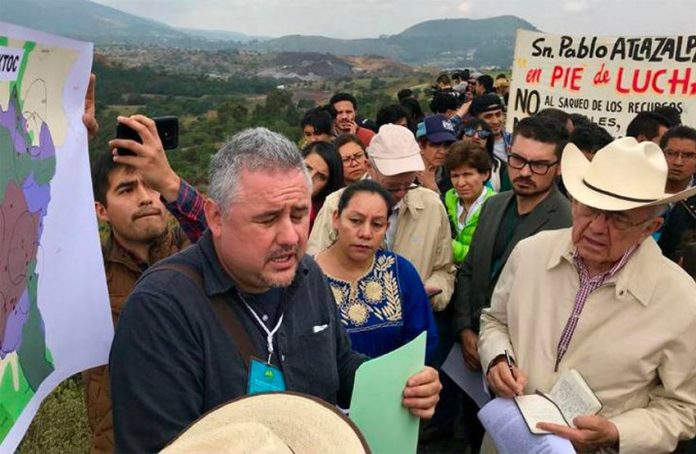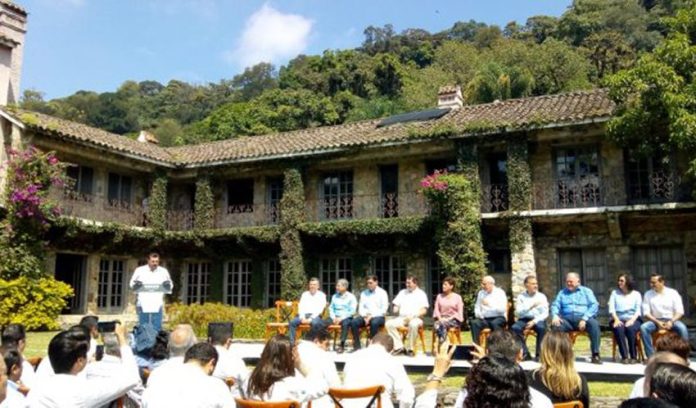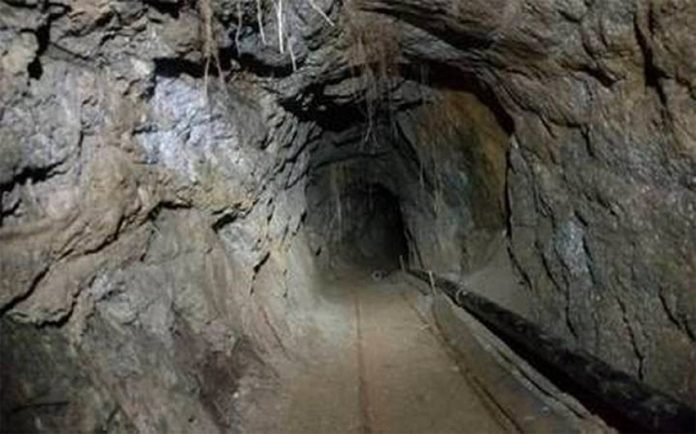A public consultation on the future of the new Mexico City International Airport (NAICM) project will be held between October 25 and 28, a spokesman for president-elect López Obrador has announced.
Jesús Ramírez Cuevas told the newspaper El Universal that the consultation will take place in the 538 most populous municipalities of the country and that more than one million people are expected to participate.
He said that 82% of people on the electoral roll live in the municipalities selected and explained that the consultations “will be held in public squares during the four days.”
López Obrador long opposed the airport’s construction, charging that it was too expensive, corrupt and being built in a geologically unsuitable location.
However, he later softened his stance and first announced near the end of the election campaign that the people would ultimately decide the fate of the airport, which is being built on an ancient lake bed in Texcoco, a municipality in the state of México.
The president-elect has proposed converting an air force base in the same state for commercial aviation use as an alternative to the US $13-billion project.
However, López Obrador said on Monday that “he had information” that Mexico’s richest man, Carlos Slim, and other unnamed businessmen were proposing to complete the project for less money and by not drawing on government funds.
“That being the case, we could consider the possibility of continuing with construction in Texcoco and not canceling the project,” he said.
Nevertheless, the consultation will go ahead. Ramírez said the votes will be counted by the Arturo Rosenblueth Foundation, which has previously collaborated on different projects with a range of federal government departments.
The spokesman didn’t disclose how much the consultation process would cost.
If a new poll conducted by the newspaper El Financiero is accurate, the probability of a majority of people voting to scrap the project is low.
The survey showed that 62% of respondents were in favor of the NAICM project continuing while just 27% wanted it to be canceled.
Asked about the Santa Lucía Air Force Base proposal, just 24% of those polled said that they supported it while 59% rejected the idea.
Future transportation secretary Javier Jiménez Espriú said today that continuing with the current project and the air force alternative are both technically viable.
“Both options work. [The final decision] will be in accordance with what president-elect López Obrador says as well as what the citizens say . . .” said Jiménez, who visited the new airport site today and listened to the concerns of neighbors.
Meanwhile, a forum focusing on the environmental impact of the project will be held tomorrow.
Prospective environment secretary Josefa González Blanco said that 10 academics will outline environmental problems they have detected within the airport’s construction zone, adding that the forum’s aim is to inform citizens in the lead-up to the consultation.
Jiménez said in August that canceling the NAICM project and adapting the Santa Lucía base for commercial aviation instead would cost 170 billion pesos (US $9 billion).
According to the current federal government, the project is about one-third complete but López Obrador’s team contends that progress is only at 20%.
Source: El Universal (sp), El Financiero (sp), Reuters (en)

